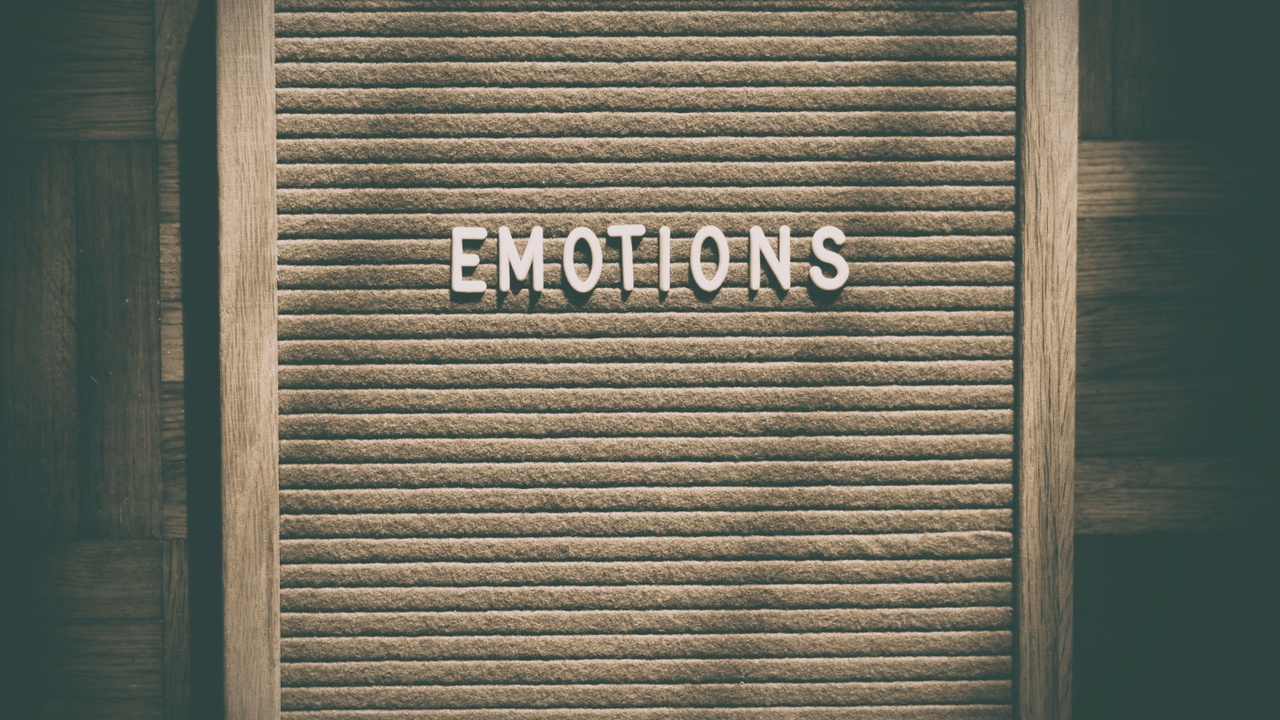How To Deal With Negative Emotional Triggers
Dec 11, 2022
By Kristina Todorova, Head Coach and Founder, Coaching for Transformers
We all get triggered emotionally.
We can get annoyed with others or simply take things personally and keep overthinking issues and situations. We understand, logically, that we should not waste energy and time reacting to certain triggers, especially if we cannot change the situation or the person. Yet, sometimes, we can be easily overtaken by our emotions and keep revisiting the trigger to think about it, analyse it, talk about it so that we can begin to feel better. Who can relate? I am sure we have all been there.
Today, I will be talking about how we can quickly deal with negative triggers by using intention statements. Before we explore what an intention statement is and how we can use them, let’s make one thing clear - reacting to situations and people that clash with our personal values or do not meet our expectations is normal. However, dwelling on the trigger that caused the uncomfortable emotions for way too long is a waste of our mental and emotional energy and it does affect our focus, vibration, and performance. Getting curious about what you are being triggered is important and helpful but dwelling on it is not.
Approaching the trigger from a place of curiosity
Before tackling the trigger, I like to go inward and ask myself why I am triggered by the circumstance or person I am dealing with. Why am I reacting the way I am? Does it clash with my values and/or what I consider to be "acceptable" or right/ wrong? Is there anything that needs to be healed? Our triggers are excellent teachers - they can give us insights into our beliefs and where we need to shift and grow so that we can handle things in a way that allows us to feel content and at peace with how we are handling triggers. They can also show us aspects of ourselves where we may need to heal.
Using intention statements to deal with triggers
Intention statements are mental statements that express an intention and can be used as affirmations. Most of us use intention statements quite frequently in our self-talk but we don’t usually pay attention as we are so used to the voice in our head. For instance, you may say to yourself: “I am going to start waking up an hour earlier every day.” This is an example of setting an intention statement.
Before you put the intention statements into use, it is important to always acknowledge the emotion you are feeling as a result of the trigger, and name it without judging yourself for feeling the way you are. For example, if you are feeling irritated because of something that was said to you, you can mentally (or verbally) acknowledge that by saying: “I feel annoyed”. The acknowledgement validates the emotion and allows you to experience it fully before you start releasing it. Bottling up emotions without letting yourself feel them can, in time, lead to physical discomfort and even illness as your emotions get stored in your body as energy.
Once you have recognised how you feel, you can use a combination of intention statements to begin releasing the emotion. You can mentally state: “This does not deserve my energy. I am now choosing to release [name the emotion you are feeling].” By using this statement, you are consciously setting an intention to let go of the uncomfortable emotion. Your intention statement also helps you to regain control of your thoughts and shifts your focus from the trigger to how you are now choosing to respond to it emotionally. You can continue by saying “I am in control of how I feel and I am now choosing to feel peace”.
You can affirm the latter statement a few times until you begin to feel relief from the uncomfortable emotions. If the emotion continues to feel intense, you can place your hand on the part of your body where you are experiencing the emotion and visualise it leaving your body as you breathe out. I recommend choosing the emotion of “peace” when you are mentally stating how you are choosing to feel because peace is a high-vibration emotion that helps restore one’s focus and control of their emotions.
The takeaway
It is no secret that our thoughts, when repeatedly engaged in, create emotions as they act as your mental interpretation of situations. Even if you feel justified in your reaction to the trigger, experiencing negative emotions does not help you to effectively deal with the situation if it needs to be addressed. By releasing some of the uncomfortable emotions through changing your thoughts and mentally stating how you are choosing to feel, you are preserving your energy, regaining emotional control and are better prepared to face the trigger from a place of calm.
"Any person capable of angering you becomes your master; he can anger you only when you permit yourself to be disturbed by him."- Epictetus



